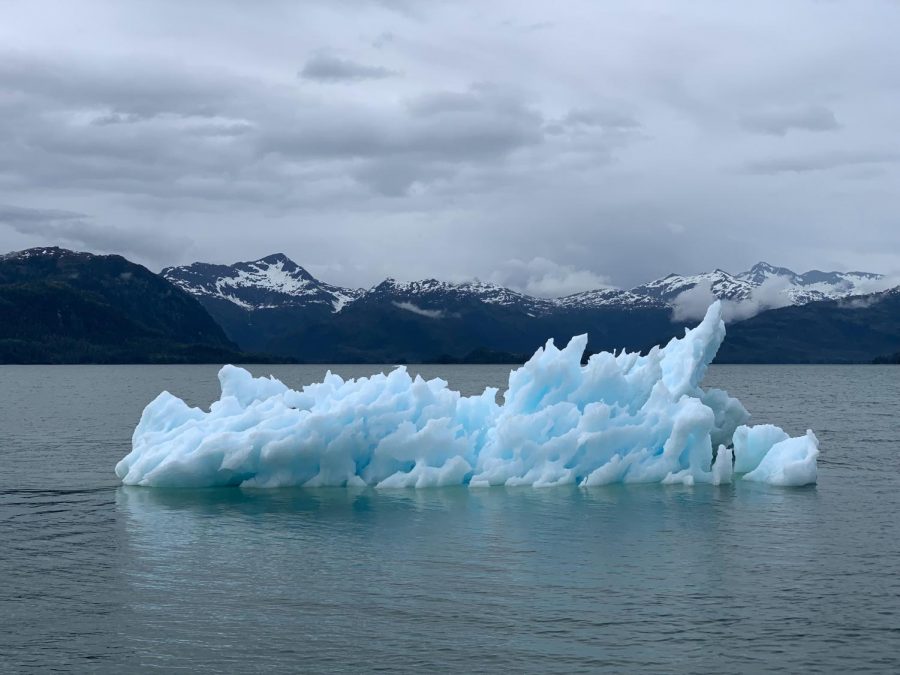On November 4, 2020, the United States was the first nation to officially withdraw from the Paris Agreement. President Trump decided to leave this agreement on June 1, 2017, and formally notified the United Nations of US withdrawal in 2019.
Climate change can be defined as the weather patterns that change and last for an extended period, causing things like increased heat, wildfires, sea-level rise, hurricanes, and more. It occurs when the sun shines on the Earth, and some of the rays get trapped in our atmosphere, while others escape. Burning coal, the methane from landfills, and exhaust from tailpipes are just a few of the many emissions that cloud up our atmosphere, trapping more sun rays and causing climate change.
The Paris Agreement, also known as the Paris Climate Agreement, is an agreement that was signed in Paris by 195 countries on April 22, 2015. According to the United Nations Framework Convention on Climate Change (UNFCCC), the central aim of this agreement is “to strengthen the global response to the threat of climate change by keeping a global temperature rise this century well below 2 degrees Celsius above pre-industrial levels and to pursue efforts to limit the temperature increase even further to 1.5 degrees Celsius.” To put things more simply, the countries involved will strive to deal with the impacts and causes of climate change. They are required to give regular reports on their emissions and efforts to reduce climate change. Assistance and support will be given to countries that need it, which allows more countries to combat climate change with fewer financial restrictions. This historic agreement is the first of its kind to bring almost all of the nations together in support of a common goal.
Under the Obama administration in 2015, the US committed to join the Paris Agreement and an executive order was signed. President Obama believes that climate change is a serious problem that must be taken seriously; he wanted the US to take leadership in this journey. At the time, the US planned to reduce greenhouse gas emissions by 26%-28% by 2025. Furthermore, the Obama administration was able to implement measures that would cut carbon emissions, which would help boost the US to be the leader of the fight against climate change. Emissions were reduced because renewable energy began to be more affordable and fracking gave the US plenty of natural gas.
However, President Trump believes that the agreement negatively affects the US economy and people. In 2017, he stated that it “disadvantages the United States to the exclusive benefit of other countries, leaving American workers… and taxpayers to absorb the cost in terms of lost jobs, lower wages, shuttered factories, and vastly diminished economic production… But the bottom line is that the Paris Accord is very unfair, at the highest level, to the United States.” President Trump has deemed climate change a hoax, despite contradicting research and the fact that he claims to care deeply about the environment.
The US’s withdrawal from the Paris Agreement is notable because the US is a large contributor to global greenhouse gas emissions. US emissions peaked in 2000, with an estimated 6,400 million metric tons of carbon dioxide. NASA has reported that worldwide carbon dioxide levels have never been as high as they are now in 650,000 years. Carbon dioxide has caused Earth’s average temperature to rise by about 2.05 degrees Fahrenheit. This may seem like a small change, but the impacts are enormous. 2016 was the warmest year to ever be recorded, with 8 months of the year breaking record temperatures. A popular topic within climate change is the melting of glaciers and ice caps. NASA announced that data from their “Gravity Recovery and Climate Experiment show[s] Greenland lost an average of 279 billion tons of ice per year between 1993 and 2019, while Antarctica lost about 148 billion tons of ice per year.” All of nature is interconnected, so this subsequently affects sea level rise and coastal cities.
As for the future of the US and the Paris Agreement, it is likely that the US will rejoin. The day on which the US officially left the Paris Agreement was coincidentally the day after election day. President-Elect Joe Biden has said that he plans to rejoin the agreement on his first day as president. Similar to President Obama’s views on the agreement, President-Elect Biden wants to “lead an effort to get every major country to ramp up the ambition of their domestic climate targets.” With Biden’s enthusiasm towards stopping climate change, many people are hopeful that the US can reach his target to be a country with net-zero carbon emissions by 2050. His plans also consist of a 1.7 trillion dollar investment in green recovery. The US’s withdrawal from the Paris Agreement has caused a shift in the way the US handles climate change, and this situation will soon be in the hands of President-Elect Biden. President-Elect Biden is facing lots of criticism, but must act in favor of what is best for the US and the world.

